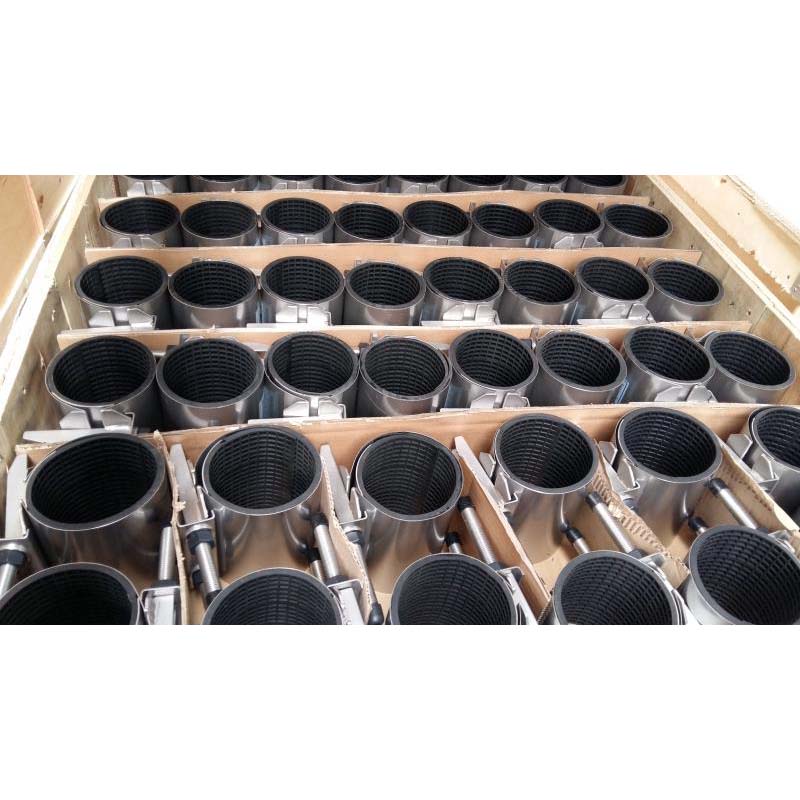polymer grate
Understanding Polymer Grates A Modern Solution for Various Applications
In today's rapidly evolving world, innovative materials are at the forefront of industrial and commercial applications. One such material gaining prominence is polymer, particularly in the form of polymer grates. These robust, versatile structures have become essential components in various settings, ranging from industrial plants to residential areas. This article explores the properties, advantages, and applications of polymer grates, demonstrating why they are a preferred choice in many situations.
What Are Polymer Grates?
Polymer grates are made from high-quality synthetic materials, often thermosetting resins or thermoplastics, designed to withstand a wide range of environmental conditions. These grates are typically used in areas where traditional materials like metal or concrete might falter under harsh conditions. The key to their strength lies in their chemical composition, which offers resistance to corrosion, UV radiation, and even extreme temperatures. This resilience ensures longevity, making them a cost-effective solution in the long run.
Advantages of Polymer Grates
1. Corrosion Resistance One of the most significant advantages of polymer grates is their resistance to corrosion. Unlike metal grates, which can rust and deteriorate when exposed to moisture and chemicals, polymer grates maintain their structural integrity over time. This makes them ideal for use in environments such as wastewater treatment facilities, chemical plants, and marine applications.
2. Lightweight and Easy to Install Polymer grates are significantly lighter than traditional options, which simplifies the installation process. Their reduced weight allows for easier handling and transportation, making them a practical choice for contractors and engineers.
3. Non-Slip Surfaces Safety is a paramount concern in any setting, and polymer grates excel in this area. Many polymer grates feature non-slip surfaces, providing better traction in wet or oily conditions. This feature helps prevent workplace accidents and enhances safety in high-traffic areas.
polymer grate

4. Aesthetic Flexibility Polymer grates come in various colors and designs, making them suitable for both functional and aesthetic applications. This flexibility allows architects and designers to create visually appealing spaces without sacrificing performance.
5. Eco-Friendly Options As society becomes increasingly aware of environmental issues, many manufacturers are producing polymer grates from recycled materials or developing new, eco-friendly composites. This aligns with global sustainability goals and provides consumers with more environmentally responsible choices.
Applications of Polymer Grates
The applications of polymer grates are vast and varied. In industrial settings, they are commonly used in platforms, walkways, and safety grating. Their corrosion resistance makes them perfect for chemical processing facilities and food and beverage production areas. Additionally, polymer grates are popular in recreational areas like parks and playgrounds, providing safe and durable surfaces for children to play on.
Moreover, polymer grates are also employed in municipal infrastructure, such as drainage systems and pedestrian bridges. Their lightweight nature simplifies installation, maintenance, and replacement, leading to increased efficiency in public works projects.
Conclusion
Polymer grates represent a significant advancement in material science, offering numerous benefits over traditional materials. Their unmatched durability, safety features, and aesthetic flexibility make them ideal for a wide range of applications, from industrial to residential. As industries continue to innovate and seek sustainable solutions, polymer grates will undoubtedly play a pivotal role in shaping the future of engineering and design. Embracing polymer grates not only guarantees long-term performance but also reinforces a commitment to environmental responsibility and safety.
-
The Smarter Choice for Pedestrian AreasNewsJun.30,2025
-
The Gold Standard in Round Drain CoversNewsJun.30,2025
-
The Gold Standard in Manhole Cover SystemsNewsJun.30,2025
-
Superior Drainage Solutions with Premium Gully GratesNewsJun.30,2025
-
Superior Drainage Solutions for Global InfrastructureNewsJun.30,2025
-
Square Manhole Solutions for Modern InfrastructureNewsJun.30,2025
-
Premium Manhole Covers for Modern InfrastructureNewsJun.30,2025
